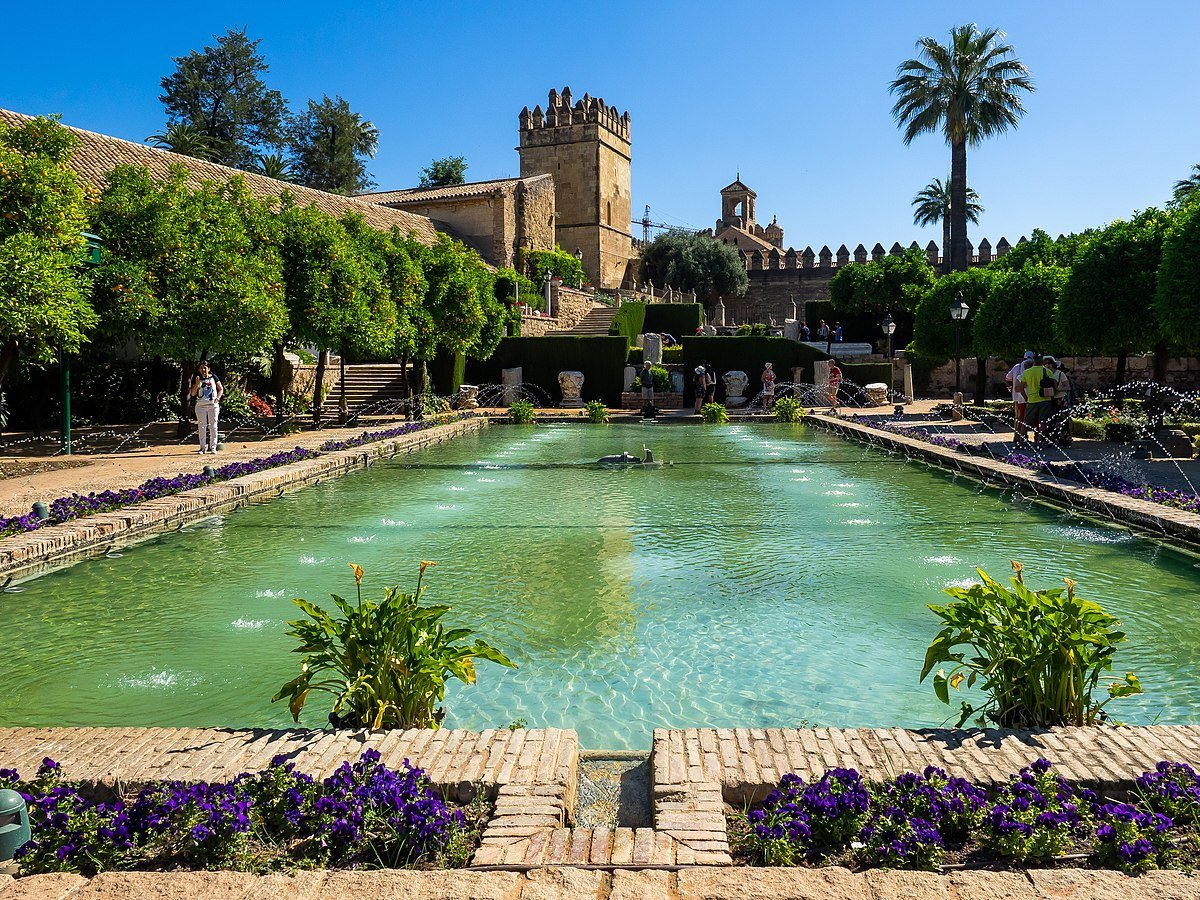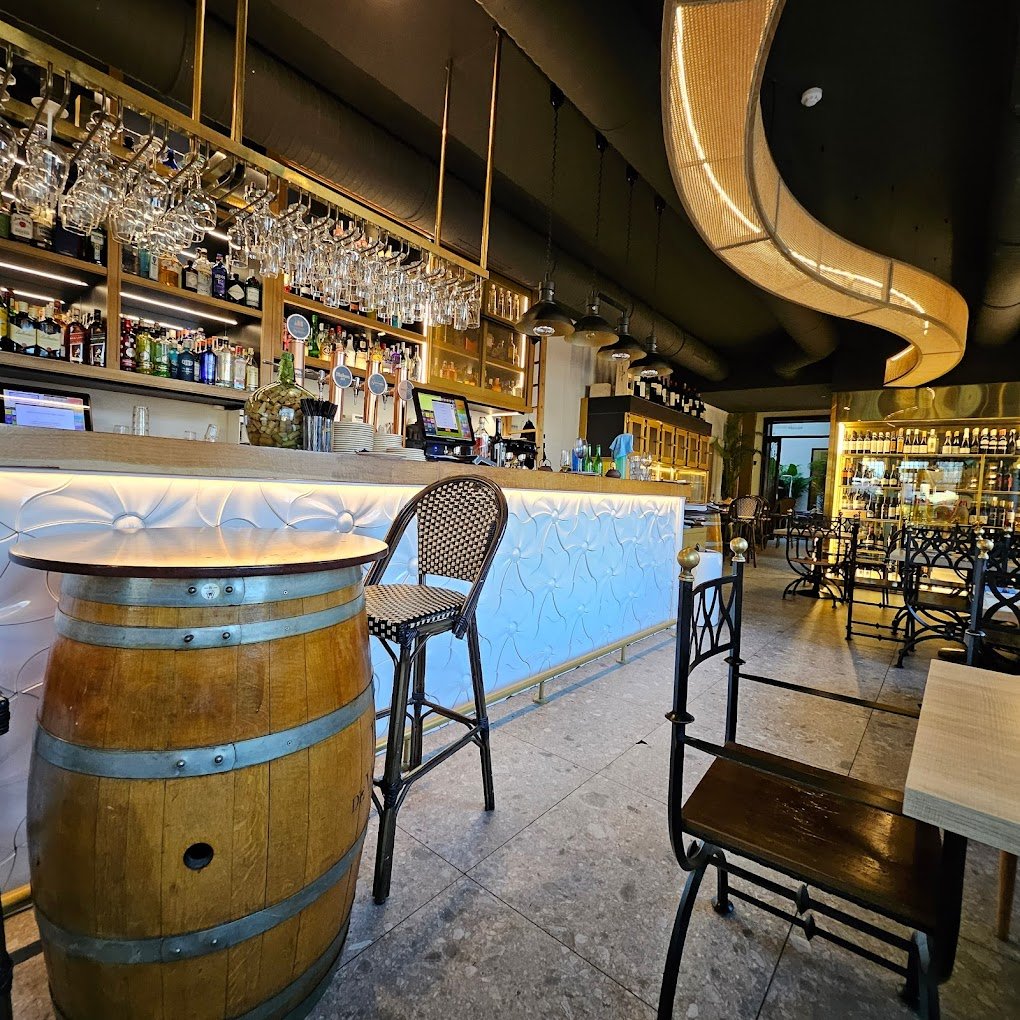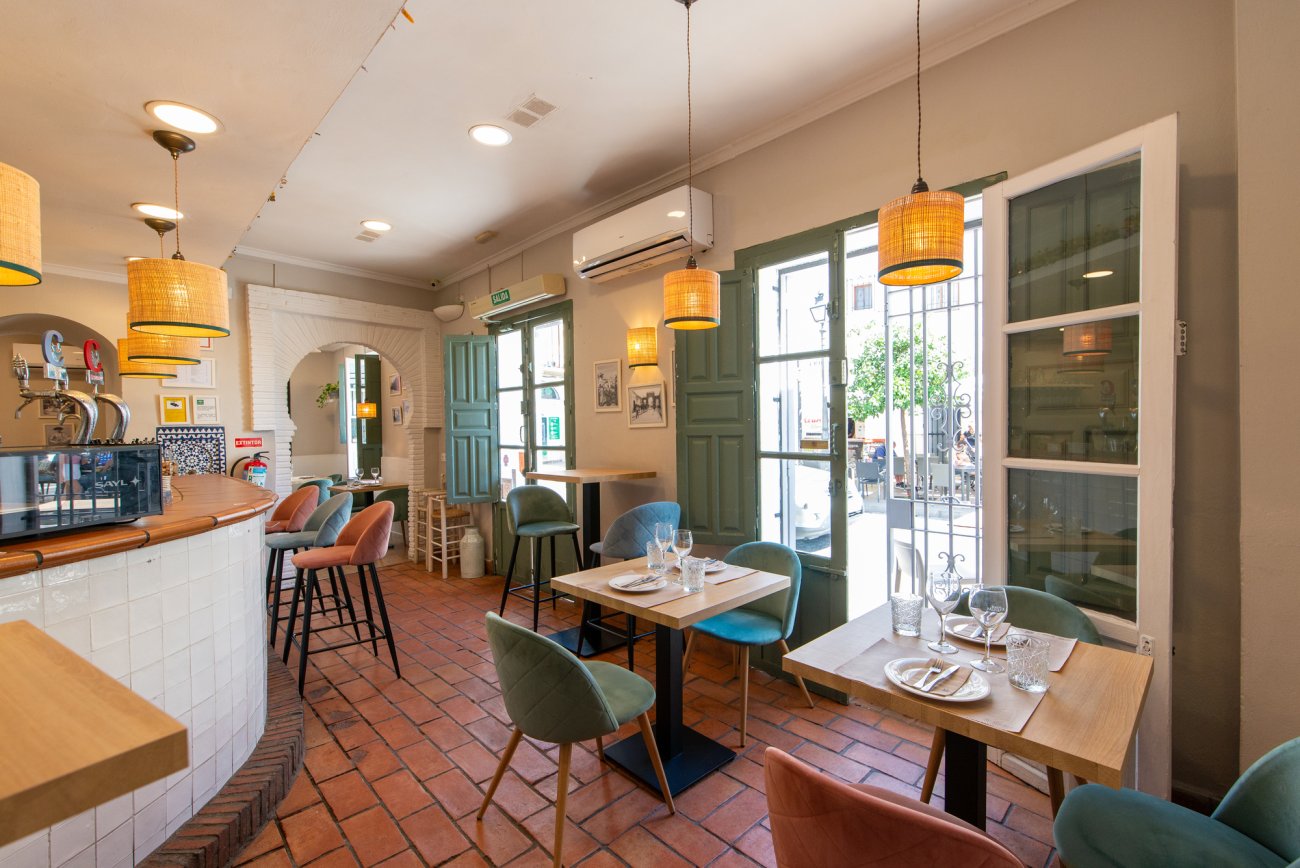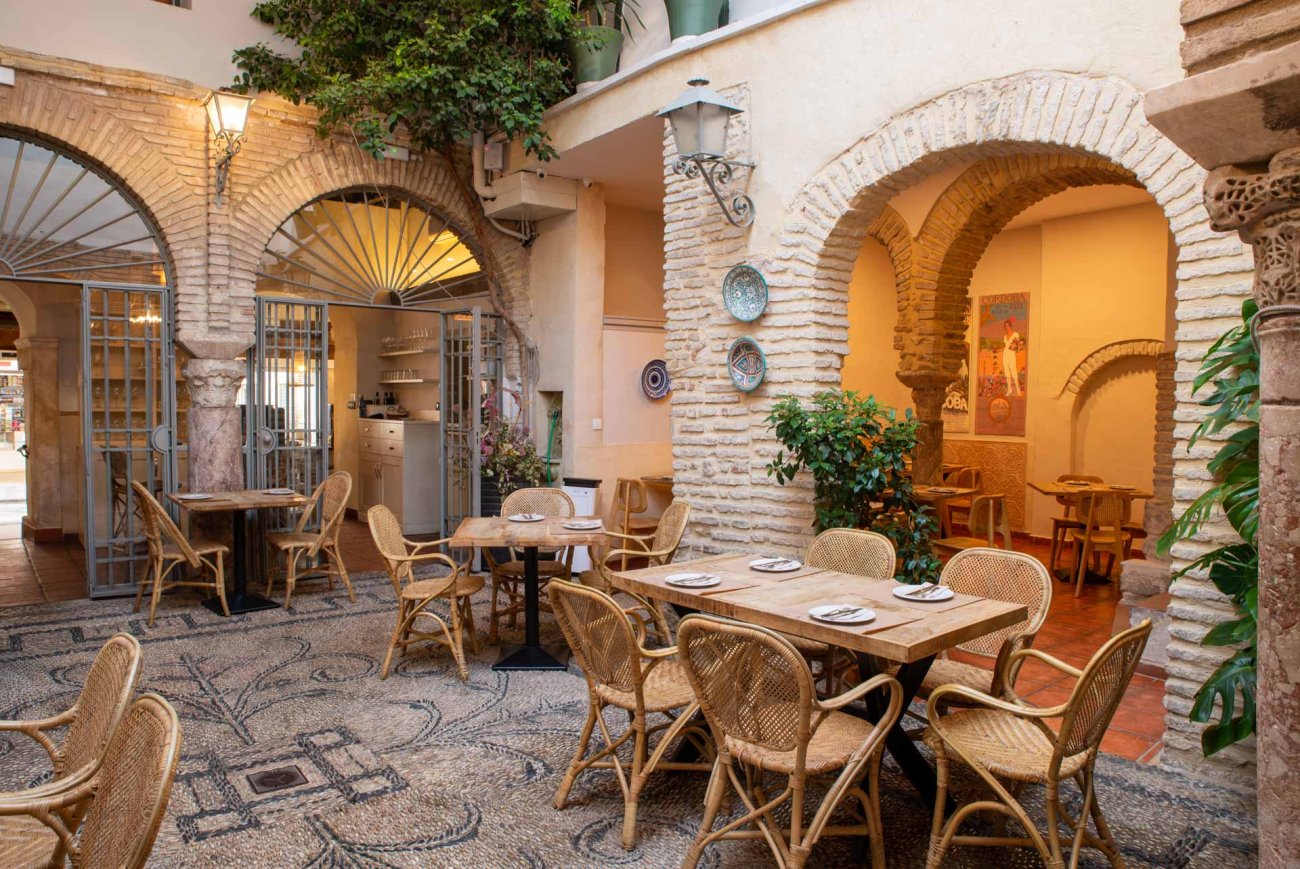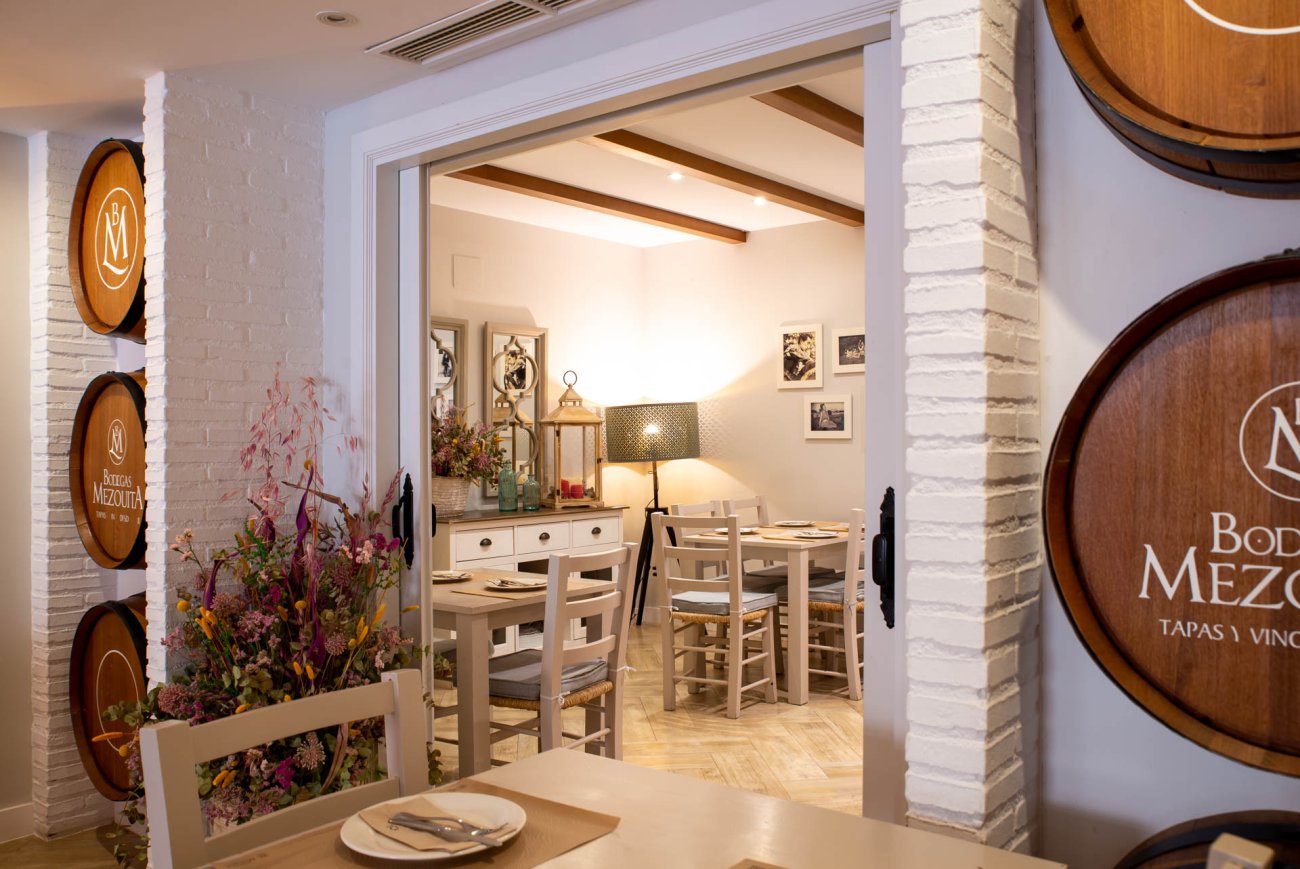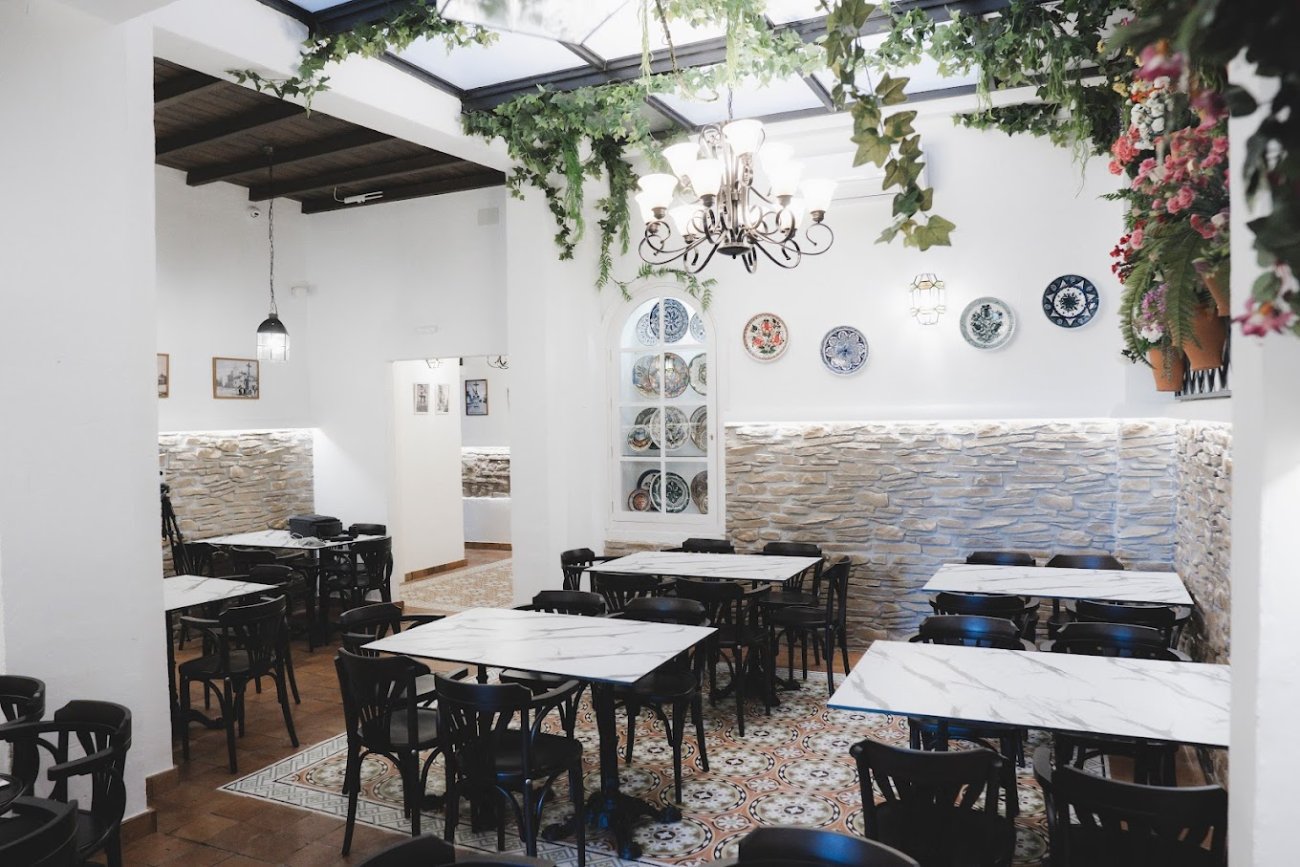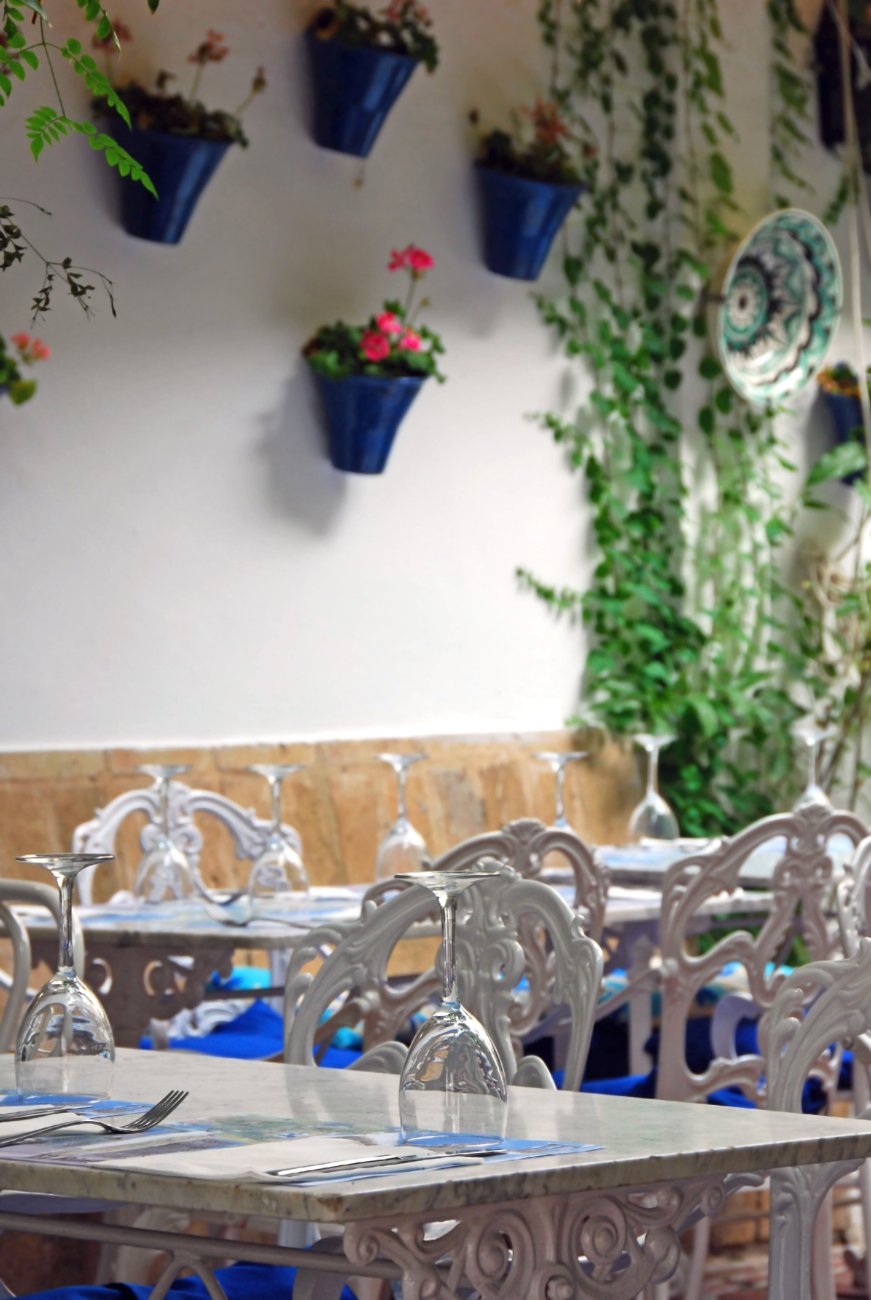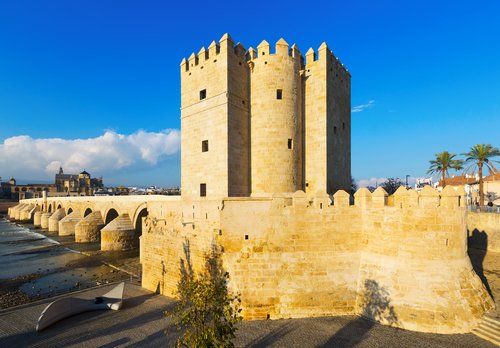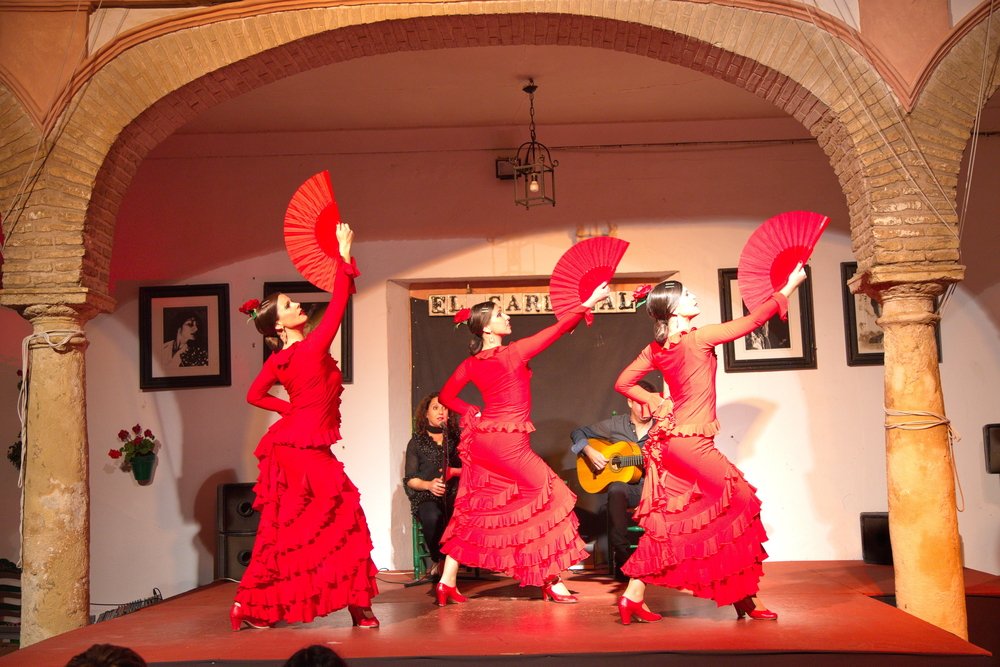
Córdoba

Featured activity

-20%

Novelty
Tablao Flamenco El Cardenal in Córdoba
2:00h
Spanish
FREE Cancelation
With a training spanning 25 years of artistic history, 3 of its 7 artists are national flamenco winners. Victoria Palacio and Antonio Alcázar are its artistic directors and Alberto Lucena accompanies them on guitar. You can enjoy it with cold tapas.
0.00€/person








